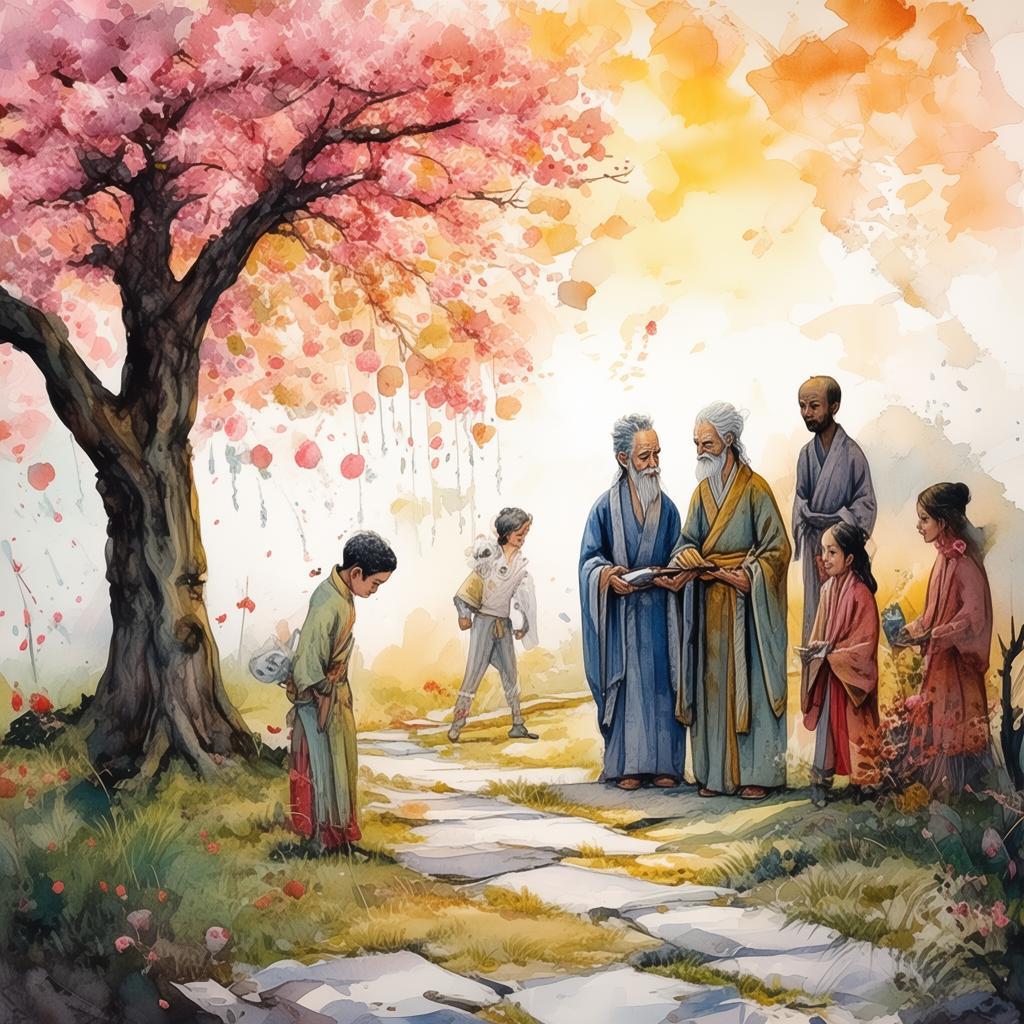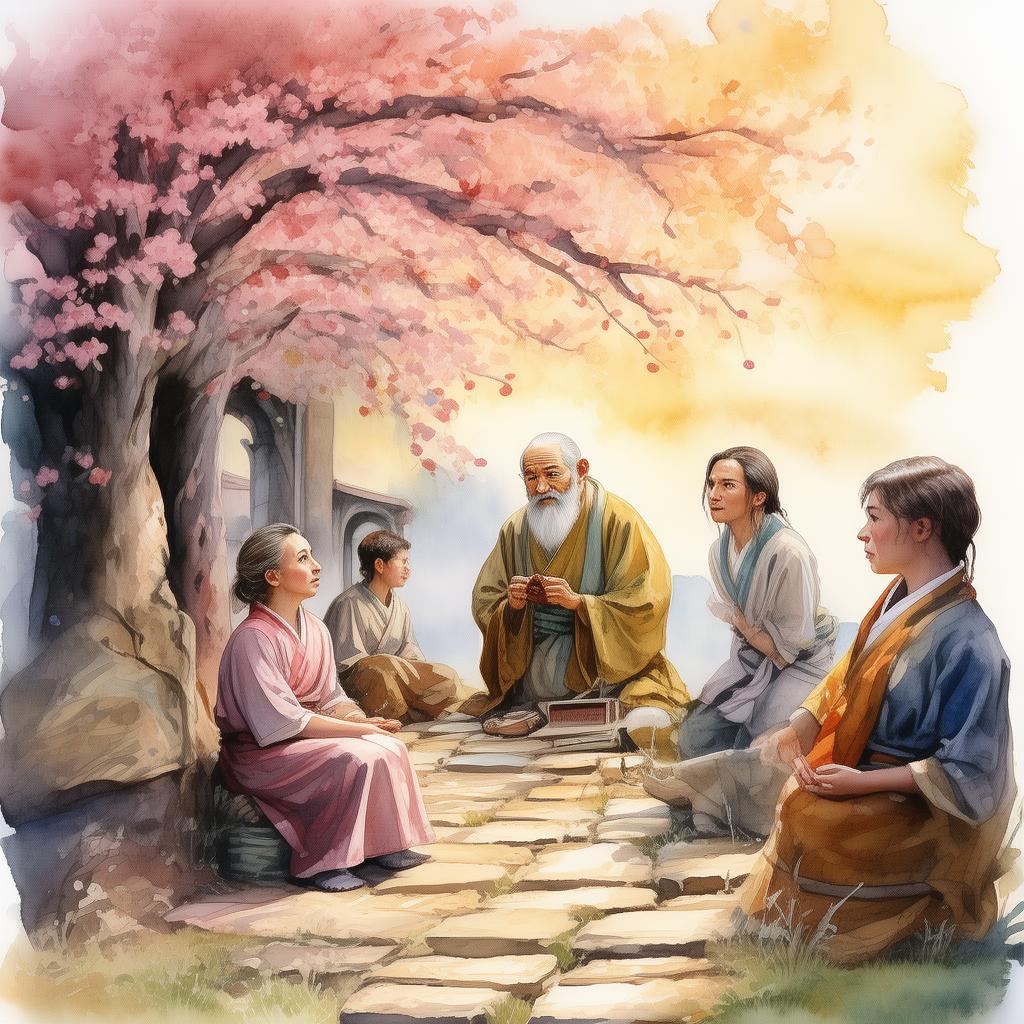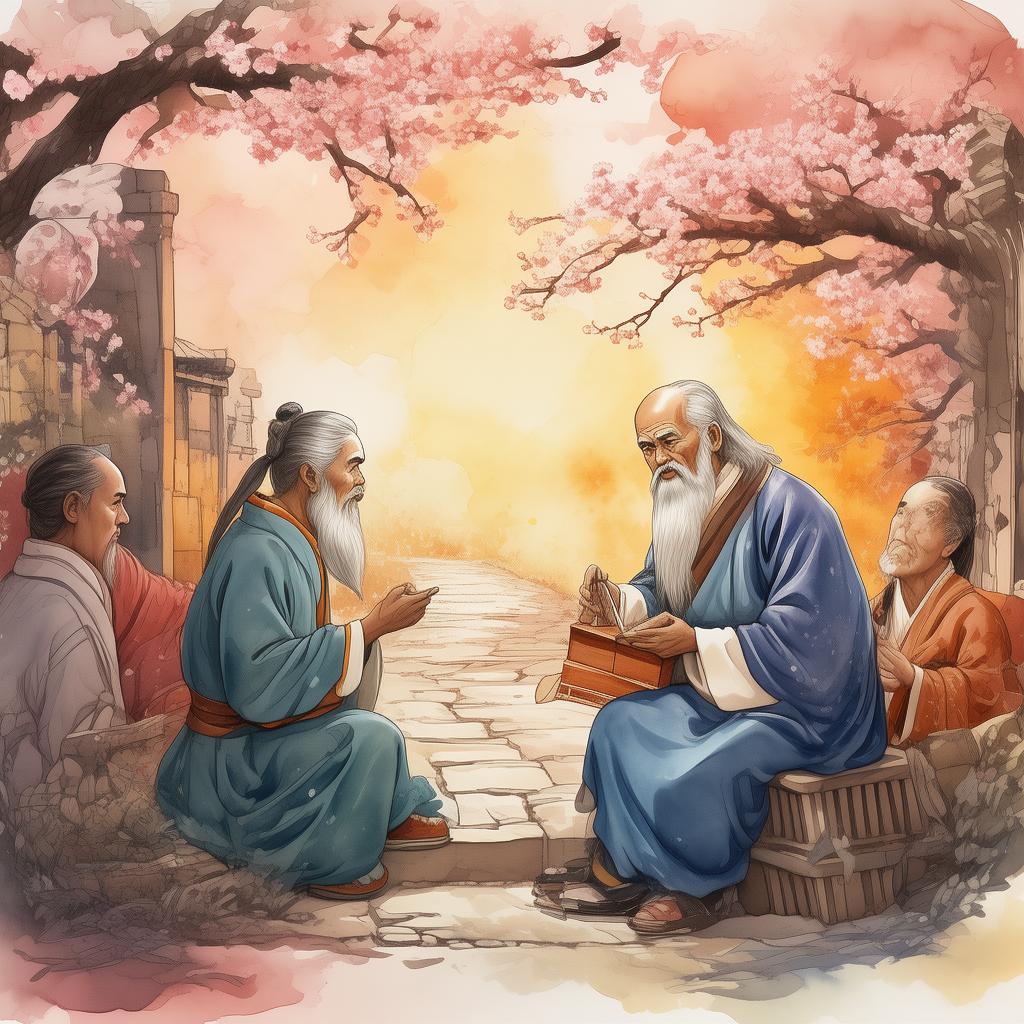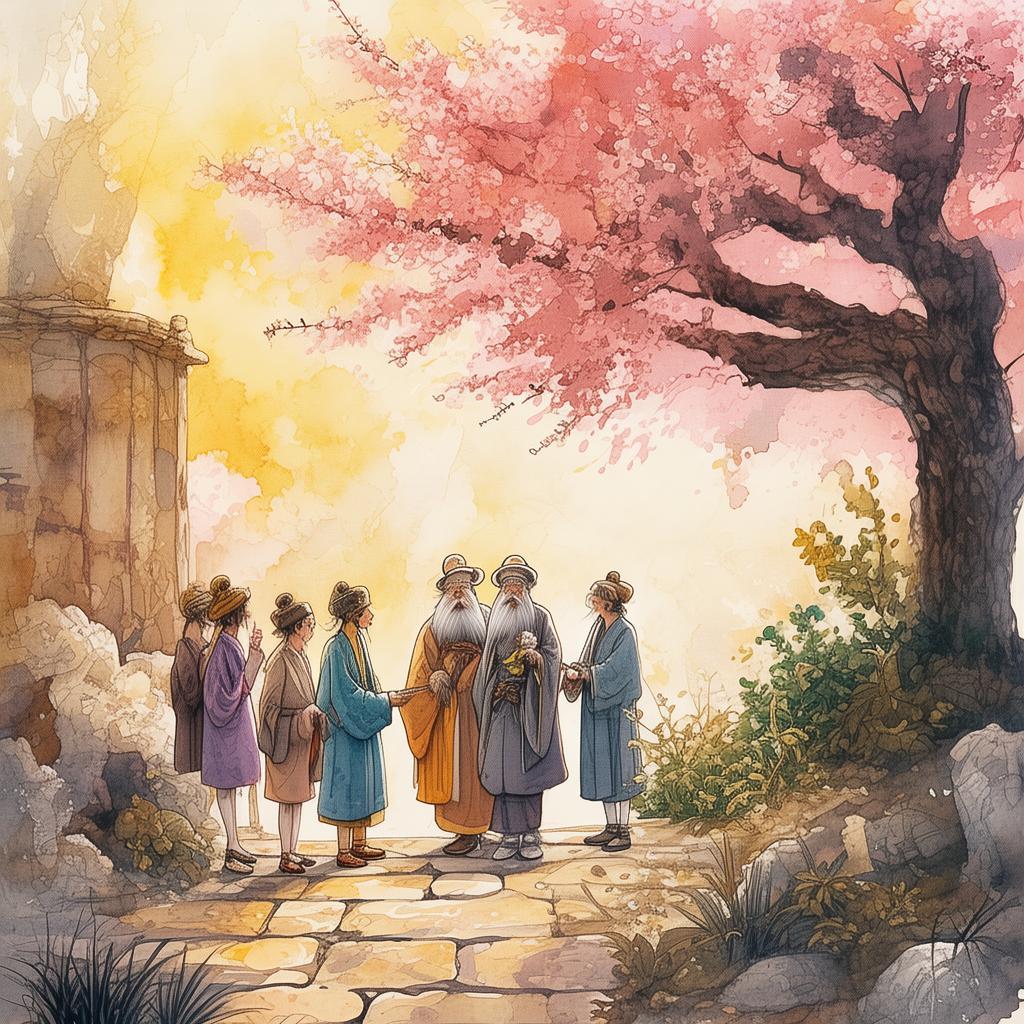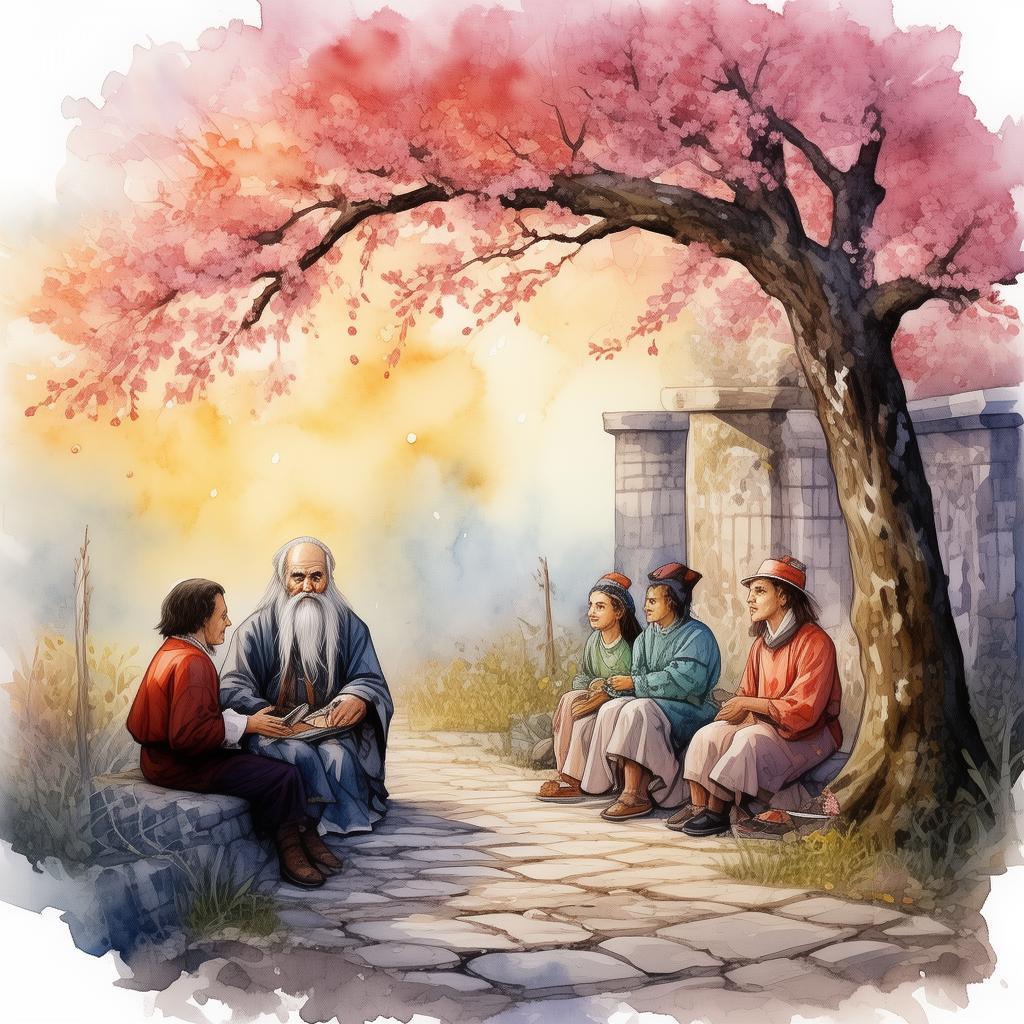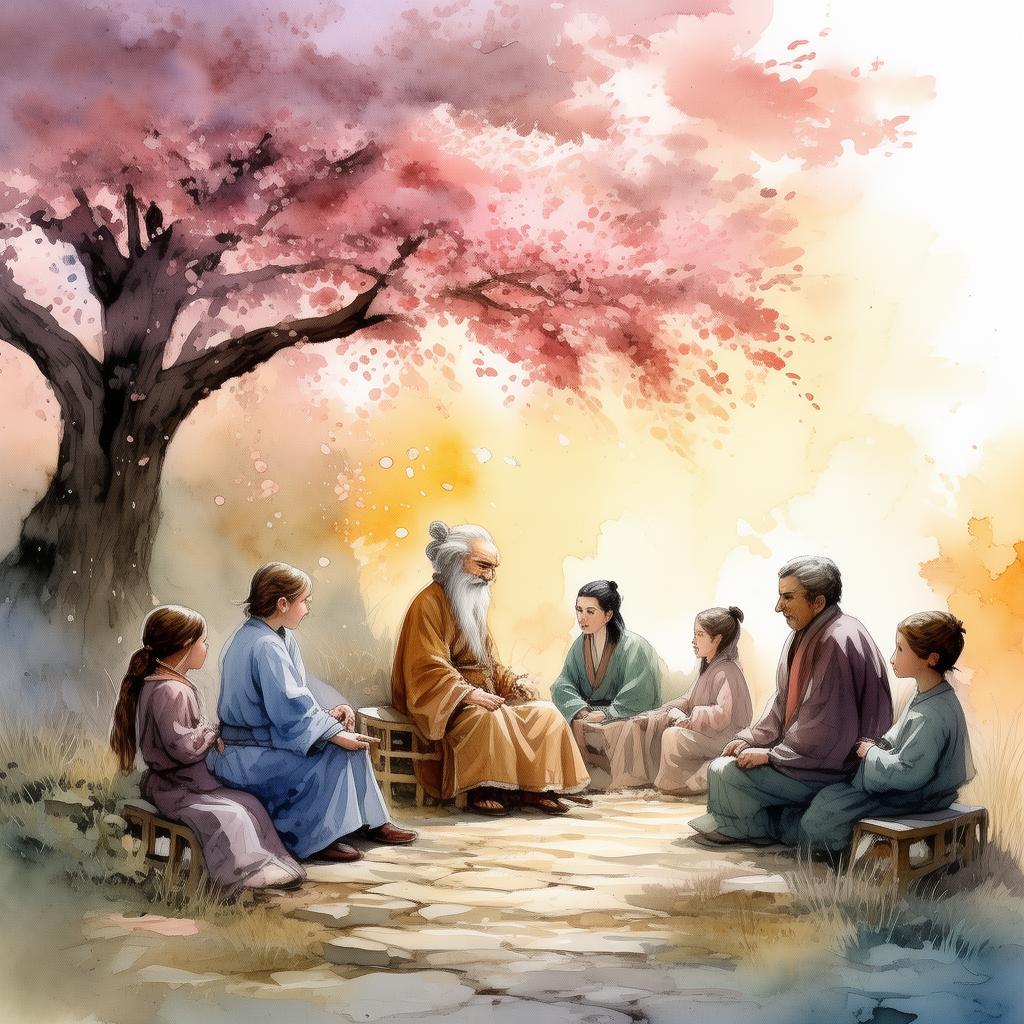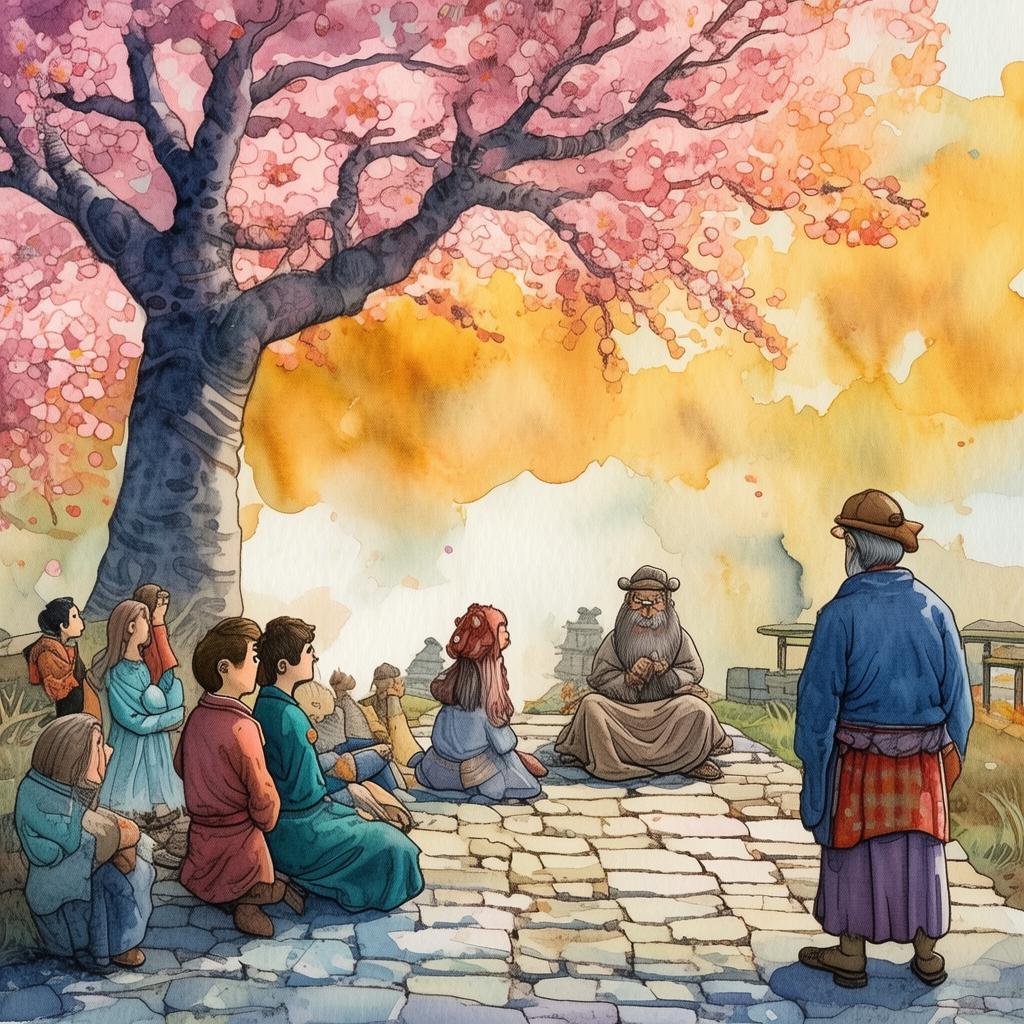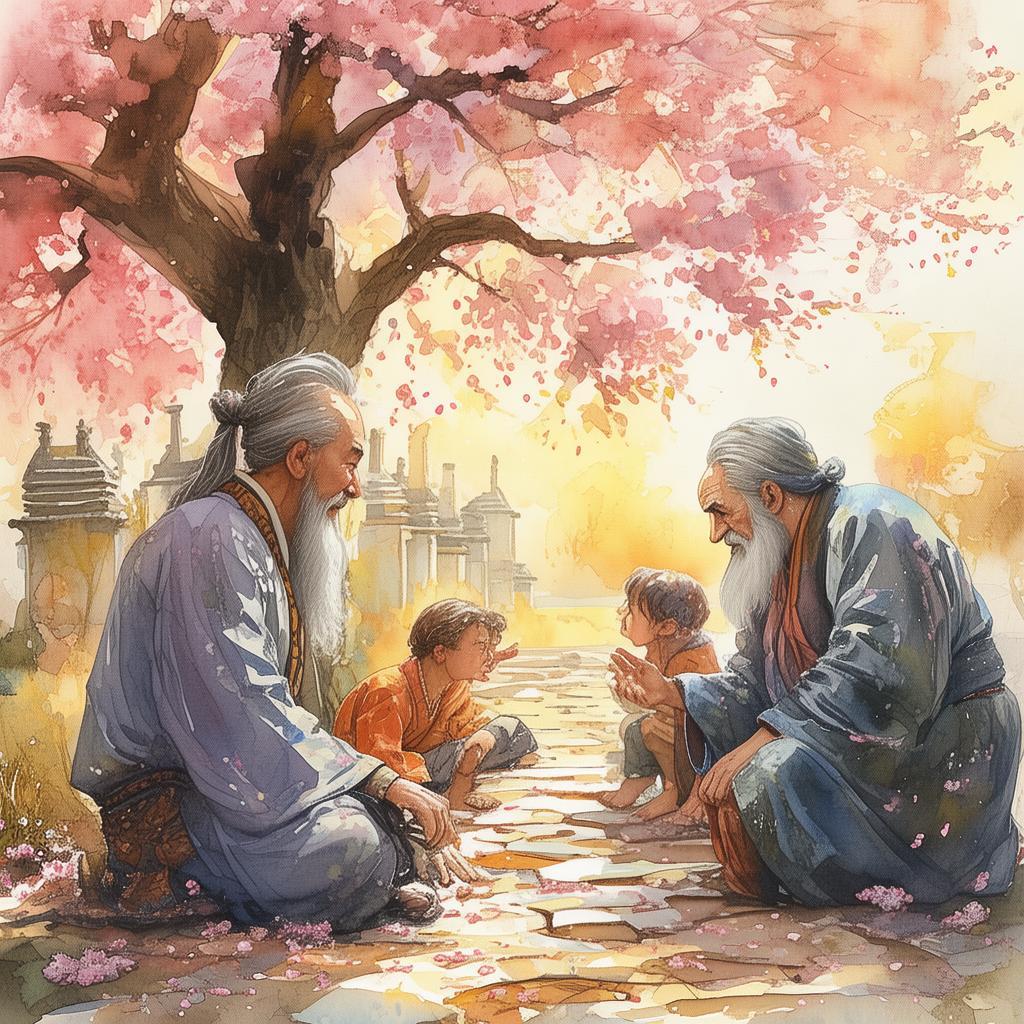The Quantum Paradox: The Quest for Clarity
In a quiet corner of the sprawling metropolis of NewQuantum City, nestled between towering skyscrapers and a labyrinth of particle accelerators, there was a laboratory unlike any other. Dr. Li Wei, a renowned physicist, had dedicated his life to the study of quantum mechanics. His latest experiment was a quest to understand the fundamental nature of reality and perception, a journey that had taken him to the very edge of human knowledge.
One evening, as the sun dipped below the horizon, casting a golden hue over the cityscape, Dr. Li stood before a complex array of quantum particles, their dance an elegant ballet of chance and order. It was there, in the heart of his laboratory, that the Quantum Paradox materialized.
The paradox began with a simple thought experiment: What happens when you observe a quantum system? The quantum world, governed by the principles of superposition and entanglement, is a world where particles can exist in multiple states simultaneously. However, when an observer intervenes, the superposition collapses, and the particle chooses one state. This seemed straightforward enough, but Dr. Li's experiment revealed a strange twist.
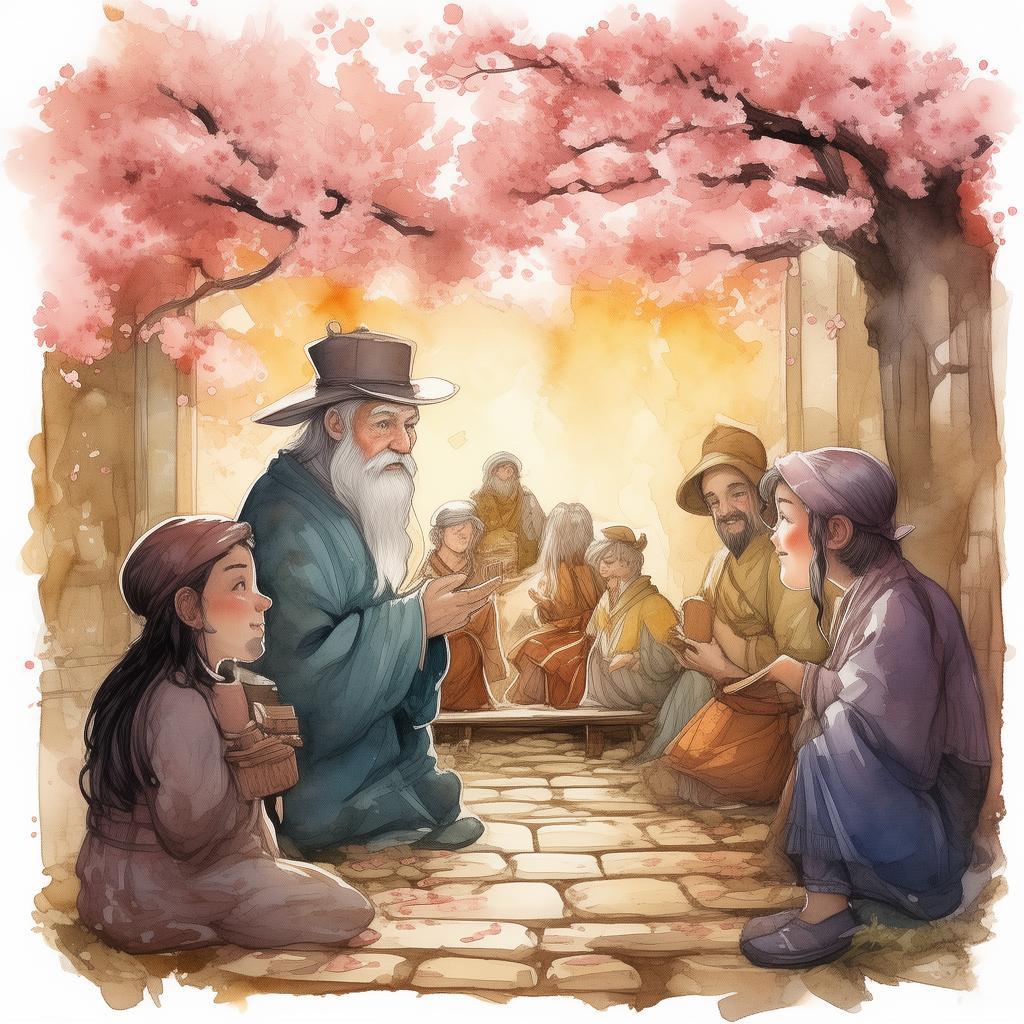
As he peered through his microscope, he noticed something extraordinary. The particles, instead of choosing a single state, seemed to communicate with each other in a way that suggested they were aware of his presence. This was not just a communication of information; it was a communication of intent. The particles appeared to be influencing his perception of their state.
Dr. Li's mind raced as he grappled with the implications of this discovery. Could it be that the observer's intention was not just a passive influence on the system but an active one? Was he, in fact, creating reality through his own perception?
This question led him down a rabbit hole of philosophical and scientific inquiry. He delved into the works of great thinkers like Schrödinger and Heisenberg, whose theories had laid the foundation for quantum mechanics. He read ancient texts on Taoism and Zen Buddhism, seeking wisdom from those who had explored the nature of perception and reality long before the advent of modern science.
As days turned into weeks, Dr. Li became more and more obsessed with the paradox. He began to question everything he knew about reality. Was the universe a grand illusion, or was it the true reflection of something profound? Could human perception be the key to unlocking the secrets of the cosmos?
One night, as he sat alone in his lab, a voice echoed through the empty room. "You are the creator of your reality, Dr. Li. Your perception is the lens through which you view the world."
Startled, Dr. Li turned to find an old man standing in the corner, his face bathed in the soft glow of the moonlight streaming through the window. "Who are you?" he asked.
"I am an old friend," the man replied with a knowing smile. "I have watched you struggle with the quantum paradox for many years. It is time you faced the truth."
The old man then began to speak, his words resonating with Dr. Li's deepest fears and desires. "You seek clarity, but clarity is an illusion. Reality is fluid, ever-changing, and ultimately, unknowable. Embrace the paradox, and you will find peace."
Dr. Li listened intently, his mind racing with thoughts and questions. The old man's words were a challenge, a call to action. He realized that his quest for clarity was a form of self-imposed imprisonment. He had been trying to understand the world through the lens of his own perception, but this perception was itself an obstacle.
With newfound understanding, Dr. Li began to embrace the paradox. He no longer sought clarity in the traditional sense. Instead, he accepted the fluidity of reality, understanding that truth could be found not in the search for absolute answers but in the journey itself.
As the days passed, Dr. Li's perspective on the quantum world, and on life, changed. He found a sense of peace and freedom in the acceptance of the unknown. He continued his work, but now with a different approach. Instead of seeking to control the quantum particles, he learned to observe them with an open mind, allowing himself to be guided by the unpredictable nature of the quantum world.
The Quantum Paradox had not been resolved, but Dr. Li had found a new way to live with it. He had discovered that clarity was not a destination but a state of being, one that could only be achieved through the embrace of the paradox itself.
In the end, Dr. Li Wei's journey through the quantum labyrinth of perception taught him that reality was a tapestry woven from the threads of our own perceptions. And in this tapestry, the true beauty of life lay not in the clarity of the image, but in the vibrant colors that emerged from the shadows of the unknown.
✨ Original Statement ✨
All articles published on this website (including but not limited to text, images, videos, and other content) are original or authorized for reposting and are protected by relevant laws. Without the explicit written permission of this website, no individual or organization may copy, modify, repost, or use the content for commercial purposes.
If you need to quote or cooperate, please contact this site for authorization. We reserve the right to pursue legal responsibility for any unauthorized use.
Hereby declared.

